from scipy.cluster.hierarchy import dendrogram, linkage,fcluster
import numpy as np
import matplotlib.pyplot as plt
# data
np.random.seed(4711) # for repeatability of this tutorial
a = np.random.multivariate_normal([10, 0], [[3, 1], [1, 4]], size=[100,])
b = np.random.multivariate_normal([0, 20], [[3, 1], [1, 4]], size=[50,])
X = np.concatenate((a, b),)
plt.scatter(X[:,0], X[:,1])
# fit clusters
Z = linkage(X, method='ward', metric='euclidean', preserve_input=True)
# plot dendrogram
max_d = 50
clusters = fcluster(Z, max_d, criterion='distance')
# now if I have new data
a = np.random.multivariate_normal([10, 0], [[3, 1], [1, 4]], size=[10,])
b = np.random.multivariate_normal([0, 20], [[3, 1], [1, 4]], size=[5,])
X_test = np.concatenate((a, b),)
print(X_test.shape) # 150 samples with 2 dimensions
plt.scatter(X_test[:,0], X_test[:,1])
plt.show()
how to compute distances for the new data and assign clusters using clusters from training data?
code references: joernhees.de


